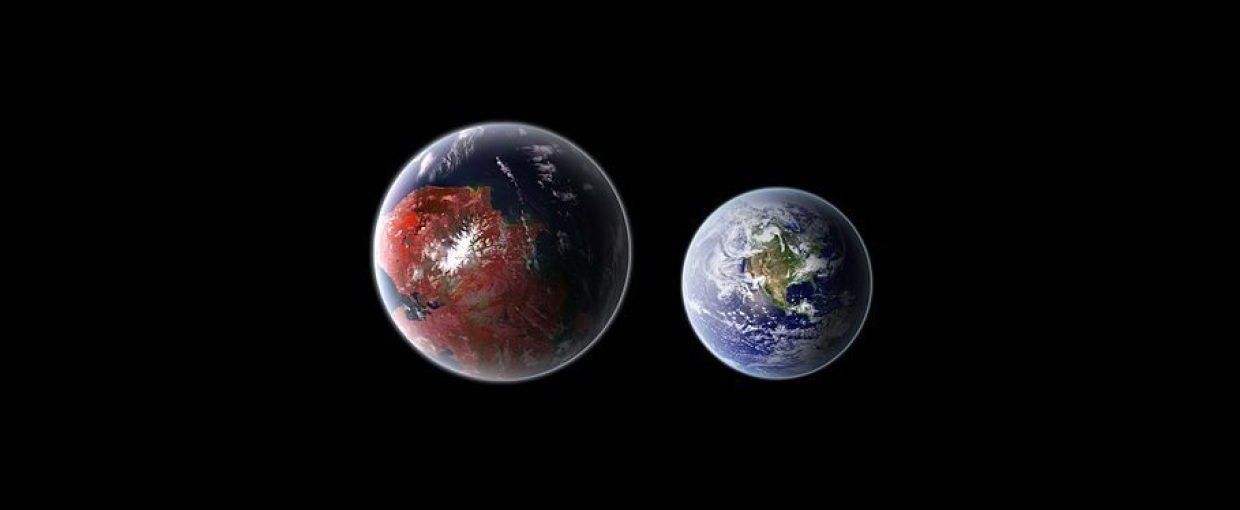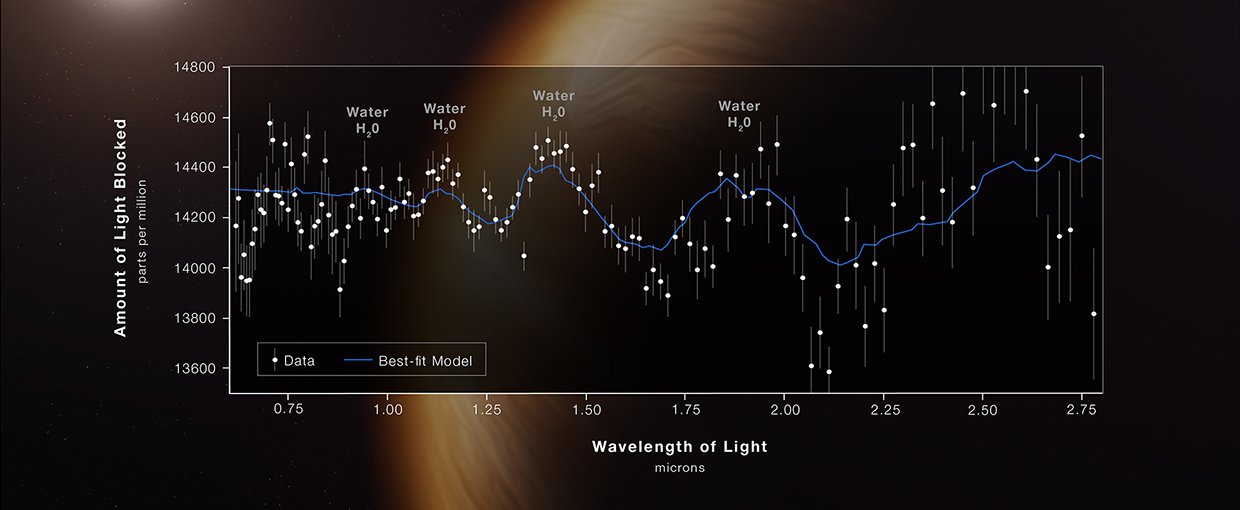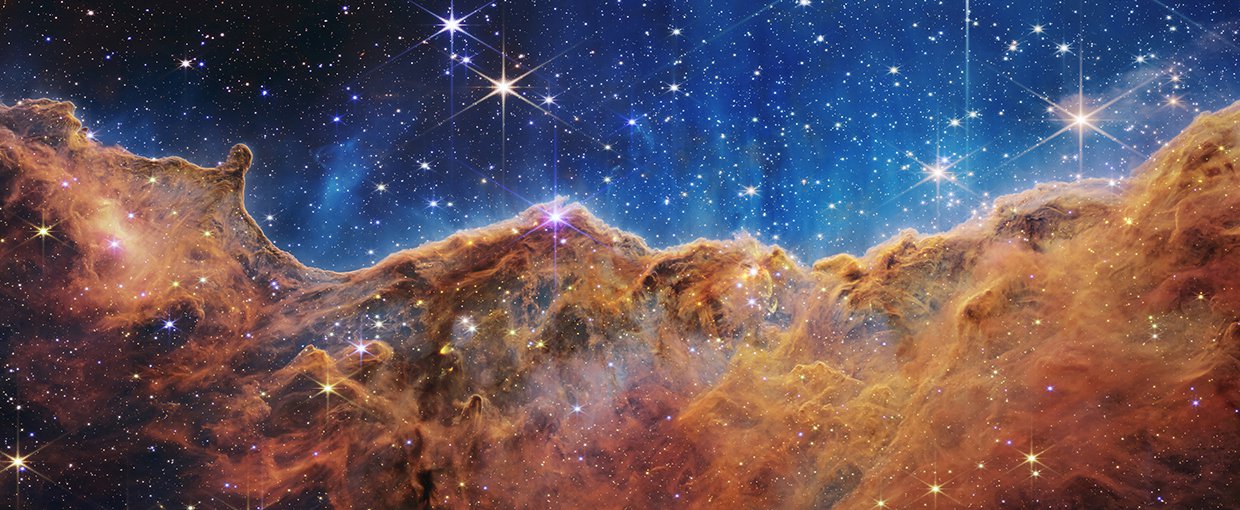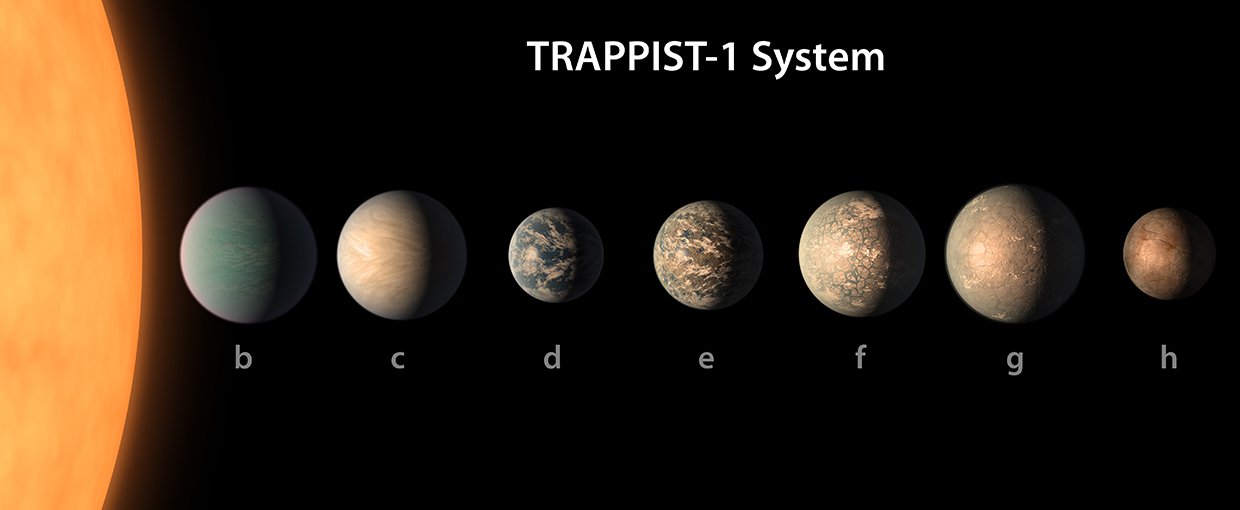
The Virtual Planetary Laboratory (VPL) at the University of Washington in Seattle has been at the forefront of exoplanet science for more than two decades. The NASA-supported lab has advanced our understanding of exoplanet habitability as well as our understanding of the Earth system itself. The work of VPL has played an important role in shaping the future of astrobiology science and has informed the development of many space missions, including the Webb space telescope.
A new feature from Many Worlds recently discussed key discoveries of the VPL and what VPL researchers are looking forward to in the years to come. The feature is available at:
https://manyworlds.space/2022/09/14/the-virtual-planetary-lab-and-its-search-for-what-makes-an-exoplanet-habitable-or-even-inhabited/
The VPL also features in Issue 6 of Astrobiology: The Story of Our Search for Life in the Universe, available at: https://astrobiology.nasa.gov/resources/graphic-histories/
The Many Worlds Blog chronicles the search for evidence of life beyond Earth written by author/journalist Marc Kaufman. The “Many Worlds” column is supported by the Lunar Planetary Institute/USRA and informed by NASA’s NExSS initiative, a research coordination network supported by the NASA Astrobiology Program. Any opinions expressed are the author’s alone.



